Knee ligament injuries can be painful and debilitating, affecting your ability to carry out daily activities. Understanding the causes, symptoms and treatments of knee ligament injuries can go a long way in managing the condition and promoting recovery.
The knee joint is a complex structure that is made up of bones, cartilage, ligaments, tendons, and muscles. Four primary ligaments connect the femur (thigh bone) to the tibia (shin bone), providing stability and support to the knee joint. These ligaments include:
The ACL and PCL are located inside the knee joint and cross each other, forming an “X.” These ligaments prevent the knee from moving too far forward or backward. The MCL and LCL are located on the inner and outer parts of the knee and prevent the knee from moving side-to-side.
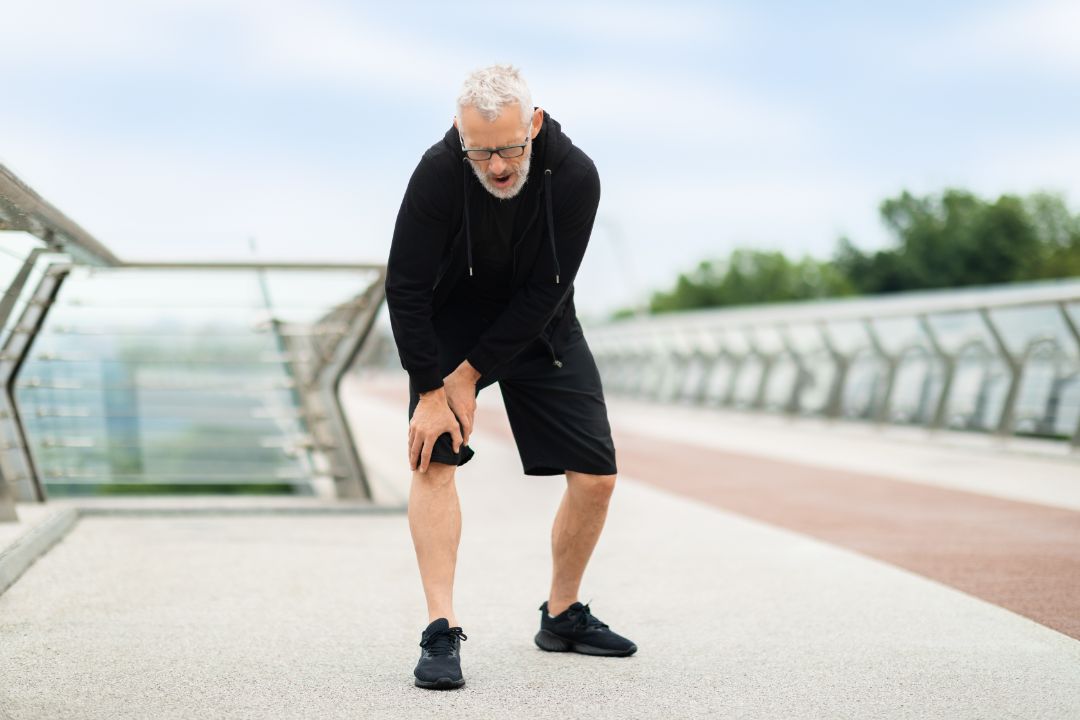
Photo Credit: Prostock-studio, Envato
Each ligament is responsible for a specific function and plays a vital role in maintaining the stability and strength of the knee joint. When one or more of these ligaments are injured or damaged, it can lead to pain, swelling, instability, and difficulty performing everyday activities.
Knee ligament injuries can occur due to various reasons, including sports injuries, falls, and accidents. The most common types of knee ligament injuries are ACL, PCL, MCL, and LCL tears. These injuries can cause severe pain and discomfort, making walking, running, or performing everyday activities difficult.
An ACL tear is a common knee ligament injury that often occurs during sports activities that involve sudden stops and changes in direction, such as football, soccer, and basketball. Symptoms of an ACL tear may include a popping sound at the time of injury, severe pain, swelling, and instability in the knee. The knee may also feel as if it is giving way or buckling.
A PCL tear is less common than an ACL tear but can still cause significant pain and discomfort. This type of injury often occurs due to a direct hit to the front of the knee or a fall on a bent knee. Symptoms of a PCL tear include pain, swelling, and difficulty walking or running. The knee may also feel unstable or give way.
An MCL tear is another common knee ligament injury that often occurs during sports activities that involve sudden twists or impacts to the outside of the knee, such as skiing or football. Symptoms of an MCL tear include pain, swelling, and difficulty bending the knee. The knee may also feel unstable or give way.
An LCL tear is a less common knee ligament injury often due to a direct hit to the inside of the knee or a twisting injury. Symptoms of an LCL tear include pain, swelling, and difficulty bending the knee. The knee may also feel unstable or give way.
If you experience any of these symptoms following a knee injury, seeking medical attention for an accurate diagnosis and treatment plan is important. Delaying treatment can lead to further damage to the knee ligaments, which can cause long-term problems and complications.
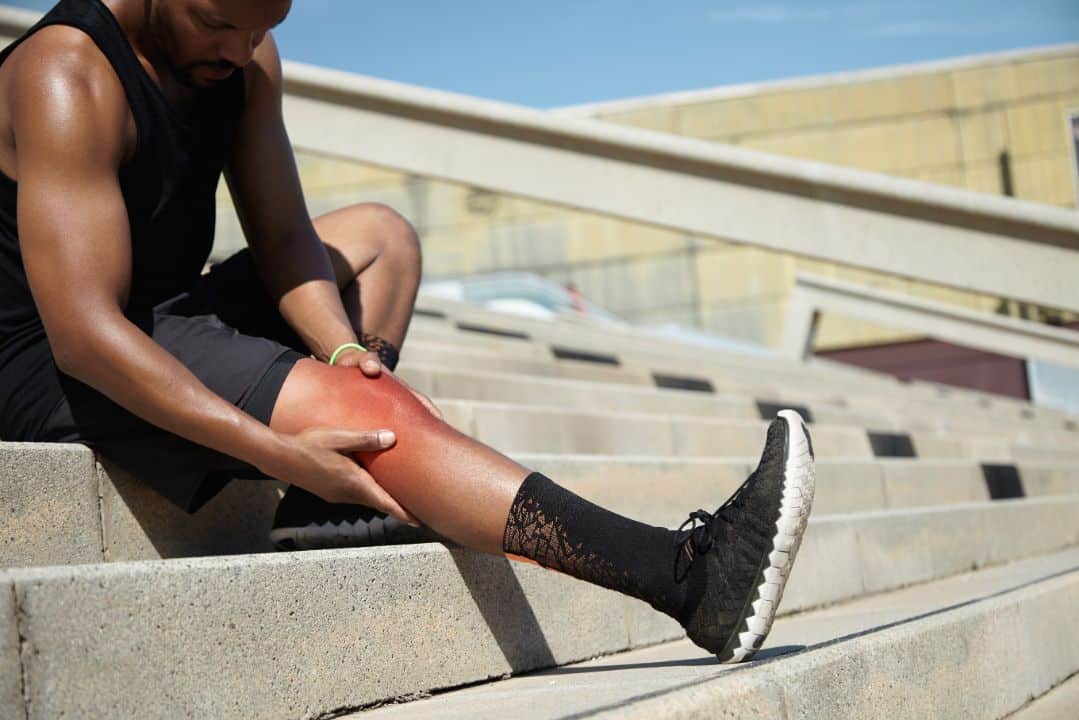
Photo Credit: Wayhomestudioo, Envato
If you suspect that you have a knee ligament injury, your doctor will likely perform a physical examination to assess the stability of your knee. During the exam, your doctor may move your knee in various directions to see if the joint has any laxity or looseness. They may also compare your injured leg to your uninjured leg to evaluate any differences in strength and flexibility.
In addition to the physical examination, your doctor may order imaging tests to get a better look at the structures inside your knee. X-rays can detect the presence of bone fractures or dislocations, while magnetic resonance imaging (MRI) can provide a detailed view of the ligaments and soft tissues in the joint. Sometimes, your doctor may recommend an arthroscopy, which involves inserting a small camera into your knee to visualise the damage and potentially repair the ligament.
During a physical examination for a knee ligament injury, your doctor will assess the stability of your knee joint by performing a series of tests. One common test is the Lachman test, in which your doctor will hold your thigh in place with one hand while pushing on your shinbone with the other hand to see if there is any forward movement, indicating a possible ACL tear. The pivot shift test is another common exam, in which your doctor will bend your knee while rotating it to check for any abnormal movements that could indicate an ACL tear or other injury.
If your doctor suspects a specific type of ligament injury, they may perform additional tests to target that area. For example, a valgus stress test may be done to assess an MCL tear, while a varus stress test can help evaluate an LCL tear. Sometimes, your doctor may also order stress radiographs or ultrasounds to get a more detailed view of the joint.
X-rays are often the first imaging test for a suspected knee injury. While they cannot show soft tissue injuries like ligament tears, they can detect the presence of bone fractures or dislocations that may be causing your symptoms. An MRI is typically the preferred imaging method for diagnosing knee ligament injuries, as it can provide a clear view of the ligaments and soft tissues in the joint.
During an MRI, you will lie inside a tunnel-like machine while powerful magnets and radio waves create detailed images of the inside of your knee. You may be given contrast dye to help enhance the images and make any tears or other injuries more visible. In some cases, your doctor may also recommend a CT scan or bone scan to assess the extent of the injury.
If the physical examination and imaging tests are inconclusive or if your doctor needs to repair a damaged ligament, they may recommend an arthroscopy. This is a minimally invasive surgical procedure in which a tiny camera is inserted into your knee joint through a small incision. This allows your doctor to visualise the damage and make repairs as needed. Arthroscopy is often used to repair ACL tears but can also be used to address other knee ligament injuries.
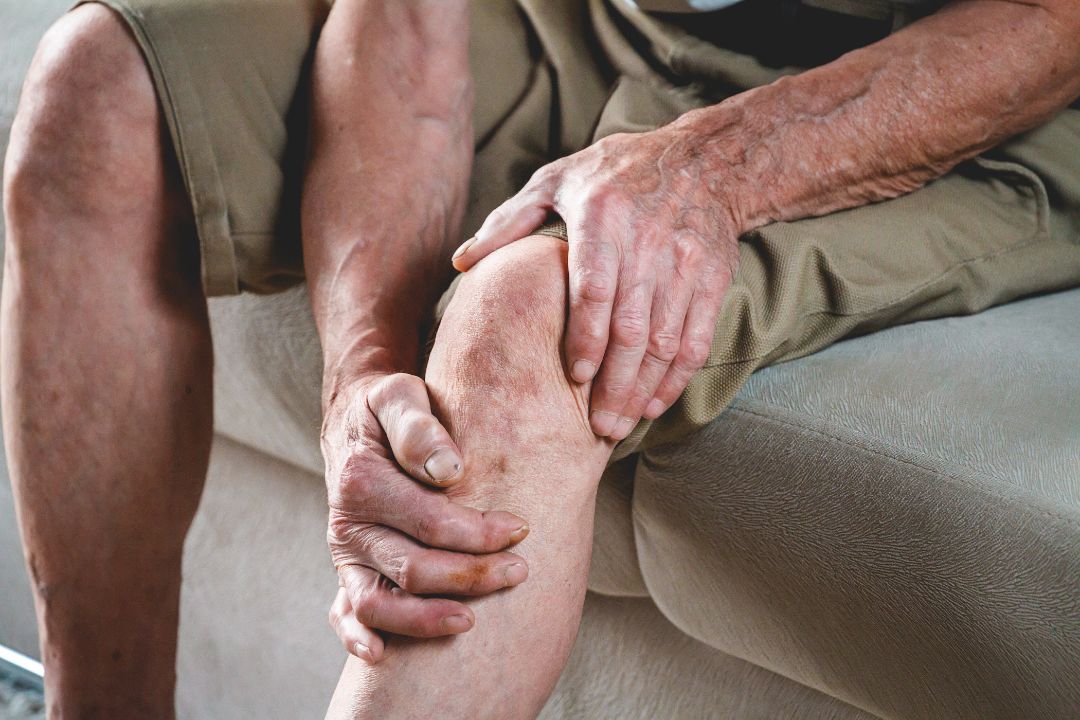
Photo Credit: perfectlab, Envato
Surgery may be necessary if non-surgical treatments are ineffective in managing knee ligament injuries. This section will discuss the most common surgical treatments for knee ligament injuries.
One of the most common knee ligament surgeries is ACL reconstruction. This procedure involves replacing a torn ACL with a piece of tendon from elsewhere in the patient’s body or from a donor. The new tendon is attached to the bone using screws or other fixation devices.
After surgery, patients will need to wear a brace and use crutches for a period of time. Physical therapy is also an essential component of the recovery process.
Other surgical options for knee ligament injuries may include repairing a torn PCL, MCL, or LCL, or reconstructing these ligaments using tissue from elsewhere in the patient’s body or from a donor.
Recovery time and rehabilitation following these surgeries will vary depending on the severity of the injury and the specific surgical procedure performed. Patients must follow their doctor’s instructions and attend physical therapy sessions as directed to ensure a full and successful recovery.
Surgical treatments for knee ligament injuries are typically reserved for cases where non-surgical options are insufficient. If you have suffered a knee ligament injury, discussing your treatment options with a qualified healthcare professional is important.
Recovering from a knee ligament injury is a gradual process that requires patience and dedication. The rehabilitation program for knee ligament injuries is designed to help patients regain strength, range of motion, and functional abilities. The program typically involves a combination of physical therapy, exercise, and activity modification.
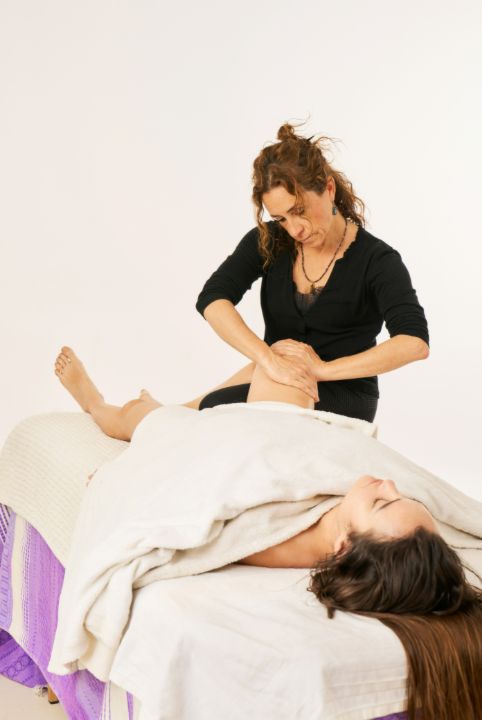
Photo Credit: Retamosastock, Envato
Physical therapy plays a crucial role in the rehabilitation of knee ligament injuries. The physical therapist will design a program tailored to the patient’s needs and goals. The program will typically involve exercises that aim to improve the knee joint’s strength, flexibility, and stability. Physical therapy may also include the use of modalities such as ice, heat, or electrical stimulation to manage pain and swelling.
Range of motion exercises are important for restoring flexibility and mobility to the knee joint after a ligament injury. These exercises involve gentle movements that aim to increase the range of motion in the knee joint gradually. The physical therapist will guide the patient through these exercises and monitor their progress.
Strengthening exercises are essential to the rehabilitation program for knee ligament injuries. These exercises aim to improve the strength and stability of the knee joint, which can help to prevent future injuries. The physical therapist will design a program that targets the specific muscles that support the knee joint, such as the quadriceps, hamstrings, and calf muscles.
Activity modification is an important aspect of the rehabilitation program for knee ligament injuries. The physical therapist will advise the patient on how to modify their daily activities to avoid further injury to the knee joint. This may involve using crutches or a brace to support the knee, avoiding certain types of movements or activities that could strain the joint, and gradually increasing the intensity of physical activity.
Returning to sports or other physical activities after a knee ligament injury requires careful consideration and planning. The physical therapist will work with the patient to develop a gradual progression plan that allows them to return to their desired activity level gradually. This may involve a period of sport-specific training, such as running drills or practising specific movements, before returning to full competition.
Preventing knee ligament injuries is important in avoiding the pain, discomfort, and inconvenience associated with these injuries. Some of the ways to prevent knee ligament injuries include:
Strengthening the knee muscles can help reduce the risk of knee ligament injuries. Exercises such as lunges, squats, and step-ups can help to build strength in the quadriceps and hamstrings. Stronger leg muscles can help to stabilise the knee joint and reduce the risk of injury.
Using proper form when engaging in physical activities can also help to reduce the risk of knee ligament injuries. This includes activities such as running, jumping, and changing direction. Maintaining good posture, keeping the knees over the toes, and landing softly can all help to prevent knee injuries.
Wearing the appropriate protective gear can help to reduce the risk of knee ligament injuries. This includes items such as knee pads, braces, and appropriate footwear. Protective gear can help to absorb shock, provide additional support, and reduce the impact on the knee joint.
Allowing the body time to rest and recover after physical activity is also important in preventing knee ligament injuries. Adequate rest can help prevent fatigue, increasing the risk of injury. Taking breaks during physical activity can also help to prevent overuse injuries.
Advancements in the treatment and prevention of knee ligament injuries are ongoing. One example is the development of new surgical techniques, such as using stem cells to promote healing. Research is also being conducted into virtual reality technology to aid in rehabilitation and prevent re-injury.
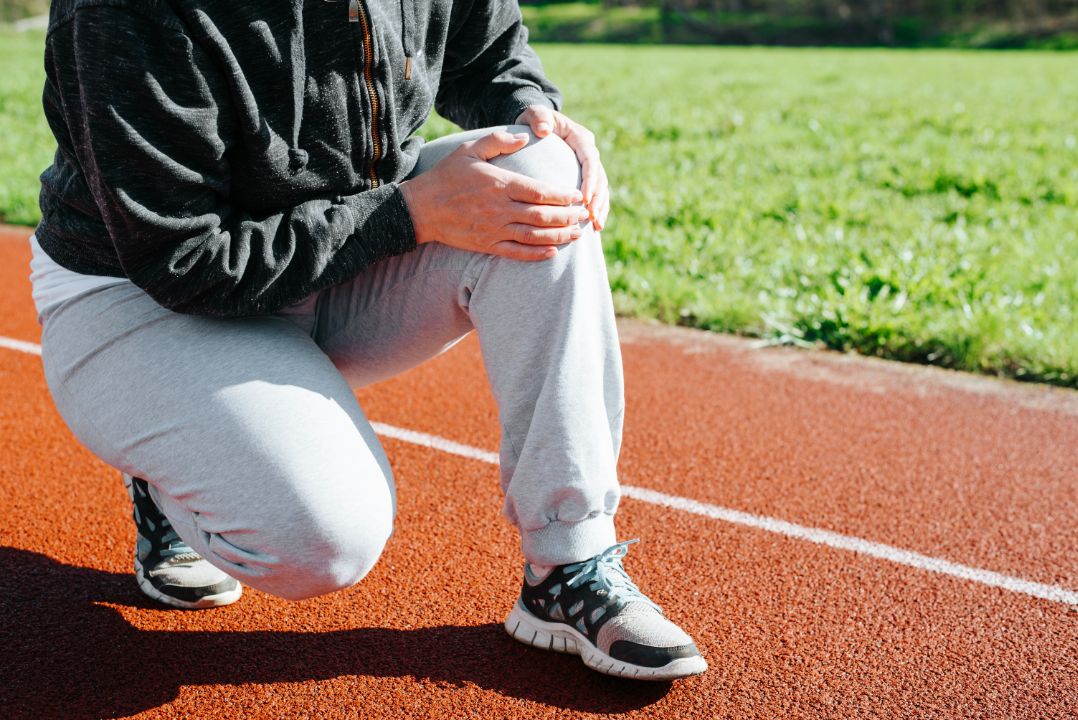
Photo Credit: SergioPhotone, Envato
As more is learned about knee ligament injuries, it is important to stay up to date on the latest prevention and treatment options. By staying informed and preventing injury, individuals can reduce their risk of experiencing the pain and inconvenience associated with knee ligament injuries.
Knee ligament injuries occur when one or more of the ligaments in the knee are stretched, torn, or damaged. They can result from sports-related activities, accidents, or sudden movements that put excessive stress on the knee.
The most common types of knee ligament injuries include ACL, PCL, MCL, and LCL tears. These injuries can vary in severity and may require different treatment approaches.
A: The symptoms of a knee ligament injury can include pain, swelling, instability, difficulty walking or bearing weight on the affected leg, and a popping sensation at the time of injury. It is important to seek medical attention if these symptoms occur.
Knee ligament injuries are typically diagnosed through physical examinations, imaging tests such as X-rays and MRI scans, and arthroscopy. This minimally invasive procedure allows direct visualisation of the knee joint.
Non-surgical treatment options for knee ligament injuries include rest, physical therapy to strengthen the knee, bracing or taping for added support, and medications to manage pain and inflammation.
Surgery for knee ligament injuries is typically recommended for more severe cases or when non-surgical treatments are ineffective. ACL reconstruction is a common surgical procedure for ACL tears, while other surgical options may be considered for different types of ligament injuries.
The rehabilitation process for knee ligament injuries focuses on restoring the knee joint’s strength, flexibility, and stability. It often involves a combination of exercises, physical therapy, and a gradual return to normal activities.
Preventive measures for knee ligament injuries include maintaining proper form during physical activities, wearing appropriate protective gear, warming up before exercise, and participating in strength and flexibility training programs. Ongoing research and advancements in the field may also contribute to improved prevention strategies in the future.